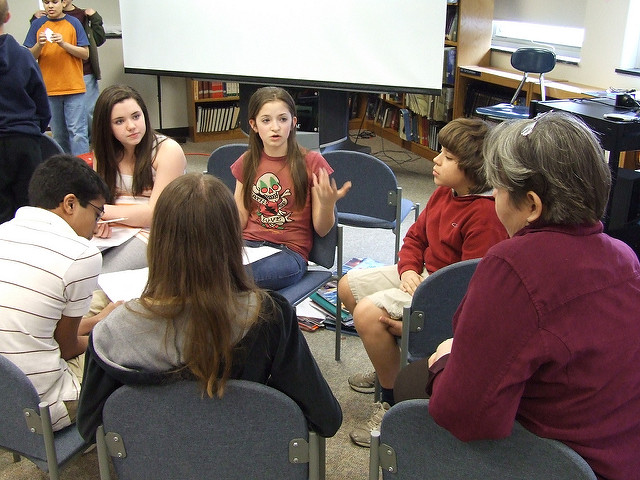Laura Robb: Democracy Relies on Creative Readers
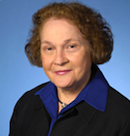 By Laura Robb
By Laura Robb
In today’s classrooms teachers work diligently to help students become lifelong, creative readers who enjoy and treasure stories. Katherine Paterson wrote this about creative reading:
The gift of creative reading, like all natural gifts, must be nourished or it will atrophy. And you nourish it in much the same way you nourish the gift of writing – you read, think, talk, look, listen, hate, fear, love, weep – and bring all of your life like a sieve to what you read. That which is not worthy of your gift will quickly pass through, but the gold remains.”
Middle school readers today
Many children in middle and high schools will never experience the creative reading Paterson describes because they read three or more years below grade level or choose not to read. The 2015 NAEP (the National Assessment of Educational Progress) scores in reading show stagnating or dipping scores for grades four and eight. In fact, NAEP scores have not significantly improved since 1992.
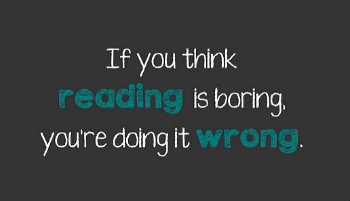 As I travel the United States, the lack of progress in reading is evident. I see children who are far behind in reading and who are not reading books. Instead they complete worksheets, participate in scripted programs, memorize lists of sight words, and do phonics and syllabication exercises, often on computers – so data can be collected and measured.
As I travel the United States, the lack of progress in reading is evident. I see children who are far behind in reading and who are not reading books. Instead they complete worksheets, participate in scripted programs, memorize lists of sight words, and do phonics and syllabication exercises, often on computers – so data can be collected and measured.
It seems that in too many schools, accountability through data collection has replaced real reading.
We’ve stopped teaching children and replaced their unique, individual needs with test prep and one-size-fits-all programs. And what’s happening is that each year these students are sliding backwards because they aren’t practicing reading using real books in order to develop reading skill. In addition, students who read far below grade level lack the reading expertise to become savvy evaluators of social media.
Part of the problem is mandated testing and test prep materials. Annually, states spend an average of $30 million on tests and test prep, leaving fewer dollars to purchase books for school and classroom libraries as well as to train teachers to teach students the important 21st century skill of fact checking and evaluating the credibility of information on social media.
Reduce testing and increase spending for schools
If states chose to cut spending for tests in half by only testing grades 3, 5, and 7, and by using the PSAT and SAT in high school, then funds would become available for ongoing, building-level professional development, higher salaries for teachers so we attract the best and brightest, certified librarians in every school, and the capacity to continually update school and classroom libraries with print and e-books.
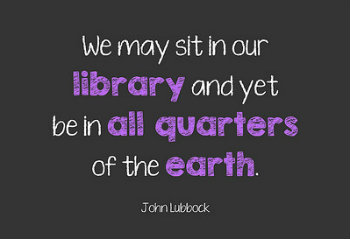 In Chicago today, three out of four public schools don’t have a librarian. California, in the 2012-2013 school year, had one certified school librarian for every 7,784 students.
In Chicago today, three out of four public schools don’t have a librarian. California, in the 2012-2013 school year, had one certified school librarian for every 7,784 students.
These states are not alone: according to a 2013 survey completed by Maria Traska for American Libraries, about 92% of traditional public schools had a school library but only 51% of charter schools had one. Yet studies show that a decrease in the number of librarians results in a decrease in access to books and a decline in students’ research skills and in the number of books students check out to read.
Instead of rethinking their educational strategy based on accumulated knowledge, politicians continue to search for a new and better quick fix. Well, it isn’t going to happen.
Over the more than 40 years I’ve been teaching, here’s what federal and state departments of education have tried in order to boost reading scores nationwide:
• 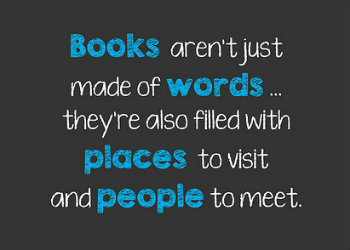 The Open Classroom
The Open Classroom
• Basal Programs
• Reading First
• No Child Left Behind
• Scripted Programs like Success for All
• State Standards, State Tests
• The Common Core
But none of them worked as advertised. And politicians still don’t get that the magic bullet is teachers who read aloud, recommend books to students, give students choice, make reading social through student-led discussions, and teach students how to assess information – including, today, social media content, sponsored ads, and online newspaper articles.
We teachers have choices, and the story that follows asks us to reflect on our choices.
A funny story with an important message
Two men who worked at the same construction site became good friends and developed the habit of eating lunch together. Every day, one of the workers opened his lunchbox and said; “Not again. I hate ham and cheese with mayo on whole wheat bread.”
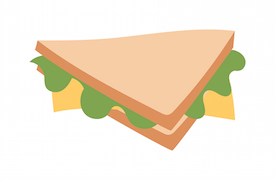 Finally his friend, tired of hearing this complaint repeated daily, suggested he “Ask your wife to fix you something else for lunch – something you like.”
Finally his friend, tired of hearing this complaint repeated daily, suggested he “Ask your wife to fix you something else for lunch – something you like.”
The worker replied, “I’m not married. I fix my own lunch every day.”
The point this story makes is that frequently we have choice, but we don’t always exercise it. We keep complaining and doing the same things. It’s time for educators to break free from the inertia of poor learning policies, raise their voices, save public education, and usher in the era of opportunity and equity for all.
The choices are ours to make
Let’s take action to make the 21st century and beyond a new democratic era of educational opportunity and equity where all schools have a certified librarian, the finest libraries, and skilled teachers who collaborate and seek out the best ongoing professional learning.
In the era I imagine, the gap between students who attend inadequate, high poverty schools and well-funded schools will disappear. In this era, states will create their own congress of educational stakeholders: teachers, administrators, researchers, teacher-trainers, parents, and students.
In this era, groups of stakeholders will meet quarterly to recommend to their states educational policy and curricula that support the needs of all children, no matter what their economic level is.
I don’t believe this is simply wishful thinking. The choice is ours and we can be change-makers by raising our voices (and our pens) to school boards, local governments, state departments of education, and Congress.
To become readers students must read books at school for one hour a day – and have a rich, personal reading life outside of school. To become critical thinkers who can differentiate false news and misleading claims from objective reporting, students need to learn how to fact check and evaluate social media.
Teaching with real books – teaching to develop students’ creative and personal reading life – teaching all students how to think, analyze, and check information for accuracy are ways to bring opportunity and equity to everyone and at the same time maintain a vibrant democracy that can respond to the needs of its diverse citizens!
Classroom image: Kevin Jarrett
_____________________
Author, teacher, coach, and speaker Laura Robb has more than 40 years teaching experience in grades 4-8 and now works with school districts to train teachers. Her 25+ books include Unlocking Complex Texts and Vocabulary Is Comprehension.
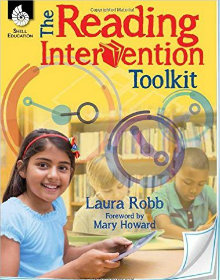 New in 2016 is The Reading Intervention Toolkit. Robb is the co-organizer of The Educator to Educator Foundation (E2E) which strives to provide print and e-books to high poverty school and class libraries from preschool to high school and develop professional libraries for teachers “that can help them to prepare problem solvers, expert readers and writers, expert users of technology, collaborators, and creative thinkers.”
New in 2016 is The Reading Intervention Toolkit. Robb is the co-organizer of The Educator to Educator Foundation (E2E) which strives to provide print and e-books to high poverty school and class libraries from preschool to high school and develop professional libraries for teachers “that can help them to prepare problem solvers, expert readers and writers, expert users of technology, collaborators, and creative thinkers.”

